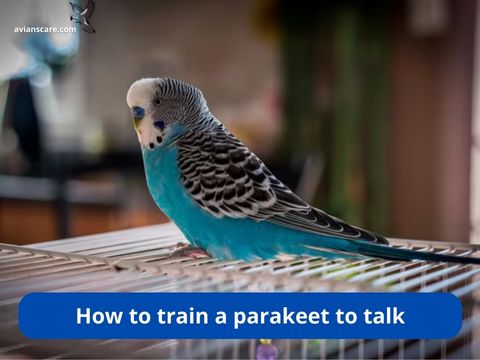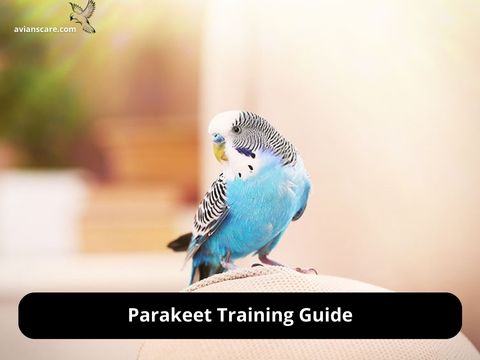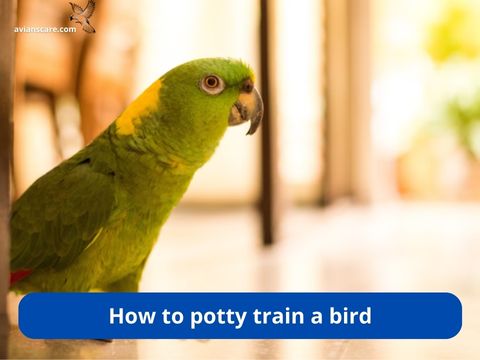How to Train a Bird Not to Bite
Training a bird not to bite requires patience and strategic techniques. Birds often use their beaks as a form of communication or out of fear. Let’s explore effective methods to nurture a bite-free relationship with your avian companion.
Creating a Trusting Environment
Establishing trust is the foundation of successful bird training. Begin by spending quality time with your feathered friend in a calm and quiet space. Avoid sudden movements or loud noises, allowing the bird to feel secure and at ease.
Positive Reinforcement Techniques
Encourage positive behavior by rewarding your bird when it refrains from biting. Offer favorite treats or praise when the bird behaves gently. Positive reinforcement helps your bird associate good behavior with positive outcomes, fostering a more cooperative attitude.
Consistent Communication
Birds are responsive to consistent communication. Use clear, firm commands to convey your expectations. Reinforce these commands with appropriate body language, ensuring your bird understands the desired behavior.
Identifying Triggers
Understand the triggers that lead to biting. Birds may bite due to fear, discomfort, or territorial instincts. Identify these triggers to address the root cause effectively. By removing or mitigating the triggers, you can minimize the likelihood of biting incidents.
Practical Training Exercises
Gentle Beak Touching
Gradually accustom your bird to gentle beak touching. Use your fingertip to touch its beak softly, rewarding calm behavior. This helps the bird become accustomed to touch without feeling threatened, reducing the instinct to bite.
Interactive Play
Engage your bird in interactive play sessions to build a positive bond. Use toys that encourage physical activity and mental stimulation. Interactive play not only distracts from potential biting but also strengthens the bond between you and your feathered companion.
Handling Techniques
Practice proper handling techniques to avoid triggering a biting response. Approach your bird calmly and avoid sudden movements. If the bird shows signs of stress, give it space and time to relax before attempting interaction.
Troubleshooting Biting Incidents
Remain Calm
In the event of a biting incident, stay calm. Reacting with frustration or fear may exacerbate the behavior. Slowly withdraw from the situation, allowing the bird to calm down. Address the underlying cause once the immediate tension has subsided.
Consulting a Professional
If biting behavior persists, seek guidance from a bird behavior specialist or veterinarian. They can assess the specific situation and provide tailored advice to address any underlying issues contributing to the biting behavior.
Conclusion
Training a bird not to bite requires a combination of patience, understanding, and consistent effort. By creating a trusting environment, employing positive reinforcement, and practicing appropriate handling, you can foster a harmonious relationship with your feathered friend. Remember, every bird is unique, so be adaptable in your approach and celebrate the progress made along the way.





